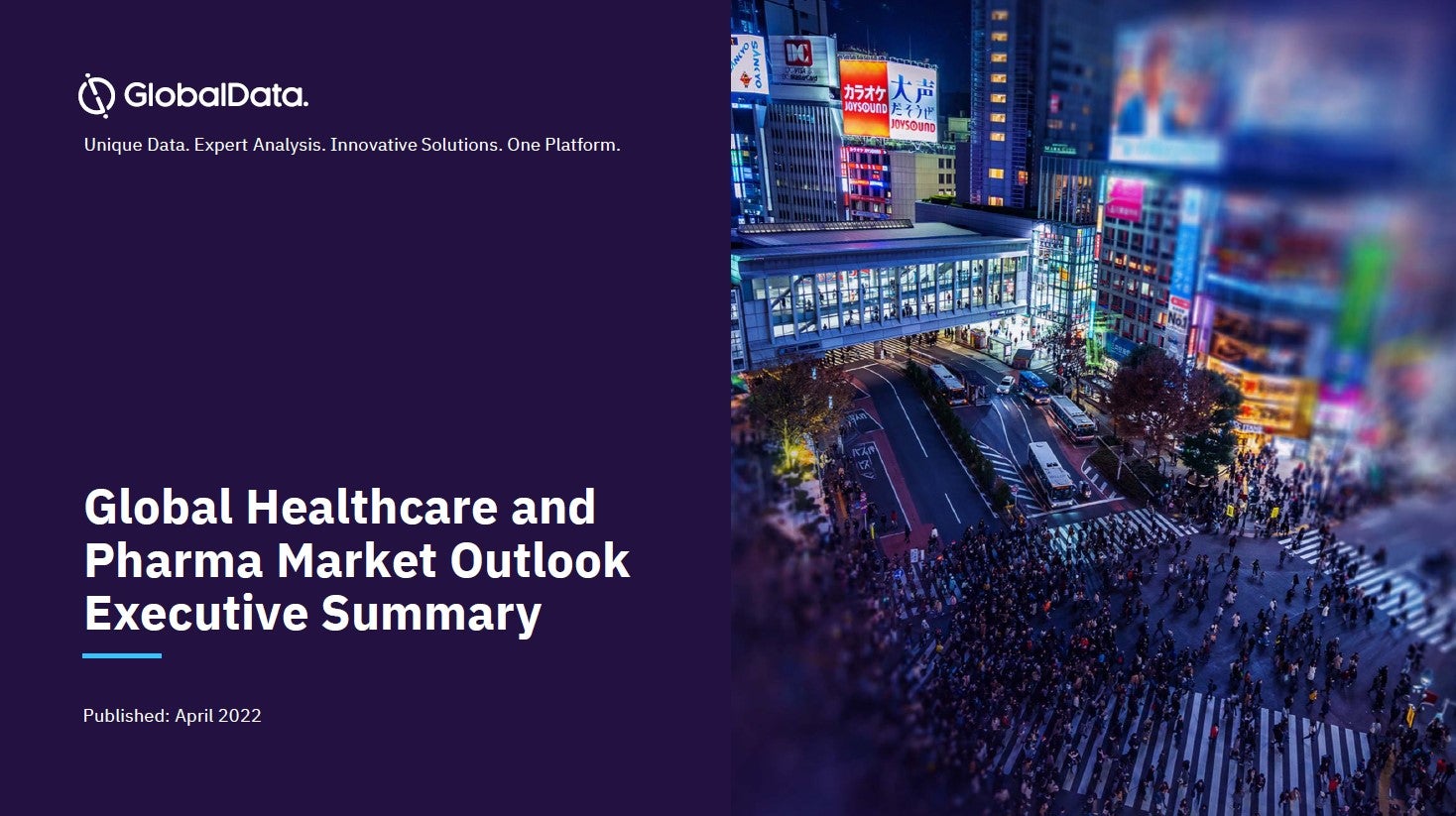While Outlook Therapeutics’ Phase III neovascular age-related macular degeneration (AMD) trial for bevacizumab-vikg has experts expecting success, they were less optimistic about its market penetration. The trial design allows for a sub-optimal dosing regimen for the comparator, Roche’s Lucentis (ranibizumab), which in turn will dampen confidence for its clinical application, said experts.
How Outlook prices bevacizumab-vikg will be a key deciding factor for physicians since the asset is a version of Roche’s Avastin (bevacizumab), which is widely used off-label in the US and is inexpensive. A reasonable price to compete against Avastin is $100–$300 per dose, said two experts. However, lingering efficacy questions from the Phase III NORSE 2 trial mean physicians would likely continue to use Lucentis or Regeneron Pharmaceuticals’ Eylea (aflibercept), which are also well-entrenched wet AMD products.
How well do you really know your competitors?
Access the most comprehensive Company Profiles on the market, powered by GlobalData. Save hours of research. Gain competitive edge.

Thank you!
Your download email will arrive shortly
Not ready to buy yet? Download a free sample
We are confident about the unique quality of our Company Profiles. However, we want you to make the most beneficial decision for your business, so we offer a free sample that you can download by submitting the below form
By GlobalDataAt $1,000 or more, Outlook’s monoclonal antibody (mAb) would lose its competitive edge against off-label use of Avastin, one of those experts said. However, if bevacizumab-vikg makes financial sense compared to the available options, decent previous data and Avastin’s history of off-label use could instil enough confidence in clinicians for the new formulation, two other experts said.
Bevacizumab-vikg will likely hit NORSE 2’s superiority bar versus Lucentis, because the quarterly dosing regimen for Lucentis in the study is likely to skew results in favour of bevacizumab-vikg versus the standard monthly dosing used in clinical practice, experts added. The Phase III dosing is recognised as less effective on its FDA label. Additionally, NORSE 2 stands to benefit from focusing on a treatment-naïve population with poorer vision at baseline, as it is easier to show improvements in this patient group, experts said.
NORSE 2 is expected to readout in 3Q, according to a 26 August 2020 company media release. Results will be combined with the smaller Phase III NORSE 1 and three-month, 199-patient safety Phase III NORSE 3 trials, and a BLA filing with the FDA is expected in December 2021, according to the company’s website.
Outlook, which has a $318.55m market cap, could see bevacizumab-vikg’s sales hit $883m in 2027, according to GlobalData’s sales forecast.
The company did not respond to a request for comment.
Superiority possible because of dosing differences
If NORSE 2 was designed to use the standard Lucentis dosing regimen, bevacizumab-vikg would not be able to demonstrate superiority, experts agreed. Among trial data they pointed to, experts referenced the CATT study, which showed monthly bevacizumab was equivalent to monthly Lucentis.
However, the FDA label acknowledges the inferior efficacy of quarterly dosing. Lucentis is approved at the 0.5mg dose, and the monthly regimen (roughly every 28 days) is recommended. The label notes patients may also be treated with quarterly Lucentis after four monthly doses, although this is not as effective compared to continued monthly dosing. This less frequent regimen will lead to an approximate five-letter loss of visual acuity benefit on average. When it comes to off-label Avastin use, clinicians typically use monthly dosing for an initial period of time followed by longer intervals, said Dr Peter Campochiaro, professor of ophthalmology, Johns Hopkins Medicine, Baltimore, Maryland.
Outlook has justified the use of quarterly Lucentis based on the 2010 PIER trial. However, the trial, which was testing quarterly and monthly regimens and sham injection, showed monthly Lucentis to be most effective, experts noted. The 227-patient NORSE 2 trial, which has a primary endpoint of the proportion of subjects who gain 15 or more letters in best corrected visual acuity (BCVA), will show noninferior results and has a good shot of superiority because the comparator is being undertreated, said an ophthalmology investigator who is not part of Outlook’s trials.
The trial is also expected to show superiority because NORSE 2 is enrolling treatment-naïve patients with poorer vision, which tends to mean they will have a greater capacity to improve, said Jean-François Korobelnik, professor, head of ophthalmology department, university hospital, Bordeaux, France. The NORSE 1 showed no statistical difference between bevacizumab-vikg and quarterly Lucentis, Outlook announced in the aforementioned August media release. Of the 25 bevacizumab-vikg-treated patients, two (8%) achieved >15 letters BCVA compared to five out of 23 (22%) patients in the quarterly Lucentis arm.
However, Outlook also conducted a subgroup analysis for NORSE 1. Among patients who had a baseline visual acuity of <67 letters (20/50 or worse), 50% (two out of four) versus 44% (four out of nine) of those in the study versus control arms, respectively, achieved >15 letters. Among first-line patients, 33% (two out of six) versus 31% (four out of 13) achieved >15 letters. These are now the NORSE 2 inclusion criteria.
One analyst report also noted confidence in NORSE 2’s success, given NORSE 1 results and the patient population chosen for NORSE 2.
Shoddy trial, expected price could limit clinical uptake
While FDA approval is expected following positive data, clinicians’ confidence in bevacizumab-vikg’s efficacy is likely to be shaken because of the trial design, experts noted. The drug’s price will be the key deciding factor in whether physicians use bevacizumab-vikg versus off-label Avastin, they agreed. However, the investigator and Campochiaro said it is unlikely to have any traction in Lucentis’ and Eylea’s market.
Physicians in the US use Avastin off-label because it is inexpensive and easy to access from compounding pharmacies, said the investigator. Avastin for wet AMD, prepared by compounding pharmacies, can cost around $50–$60 per dose, according to the American Academy of Ophthalmology.
Outlook says it plans to price its drug responsibly, and an analyst report noted it should be below the $2000 per dose cost of other approved products or their biosimilars, which are estimated to be 20–30% less expensive.
The interviewed investigator, who is based in the US, said anything more than $300, however, would be an irresponsible price given the cost of off-label Avastin, while Campochiaro set the threshold at $100. While such pricing would be enough to take over most of Avastin’s market, it would not capture any patients from competitors Lucentis and Eylea due to concerns around efficacy in the poorly designed trial.
If bevacizumab-vikg is priced at $1,000 or more, it would also potentially lose the Avastin market, the investigator added. Campochiaro said he expects to continue using Avastin off-label for treatment-naïve patients, using a monthly dose for three months before extending dosing to every six weeks. This schedule would be followed unless macular fluid is found, at which point he would consider a switch to Eylea.
Eylea and Lucentis also have the advantage of being approved in several eye disease indications, meaning physicians only have to order one drug to treat a range of eye conditions in their practices, the investigator noted. In addition to wet AMD, Eylea and Lucentis are FDA-approved for macular edema following retinal vein occlusion and diabetic macular edema, with Eylea also approved for diabetic retinopathy. The investigator also referenced Roche’s faricimab as a potential upcoming rival, after strong Phase III data demonstrated noninferior vision gains and an extended dosing regimen compared to Eylea.
While other experts declined to benchmark the appropriate price for bevacizumab-vikg, Korobelnik, who is based in France, said he would likely continue to use Eylea and Lucentis. However, if there is a financial advantage for the patient and their practice, confidence in Avastin’s efficacy could help physicians overcome the expected hesitance around Outlook’s therapy based on NORSE 2 data, said Korobelnik and Dr Robert Snyder, professor, biomedical engineering, University of Arizona, Tucson.
Outlook would be following good practice guidelines regarding composition, sterility and manufacturing, so there should not be any difference between bevacizumab-vikg and Avastin, experts agreed. The advantage of the new formulation for physicians will be the standardised protocol for preparation, its sterility, packaging, shelf life and quality control, Snyder added.
Sean Rai-Roche is a Reporter for Clinical Trials Arena parent company GlobalData’s investigative journalism team. A version of this article originally appeared on the Insights module of GlobalData’s Pharmaceutical Intelligence Center. To access more articles like this, visit GlobalData.






Related Company Profiles
Regeneron Pharmaceuticals Inc
Outlook Therapeutics Inc